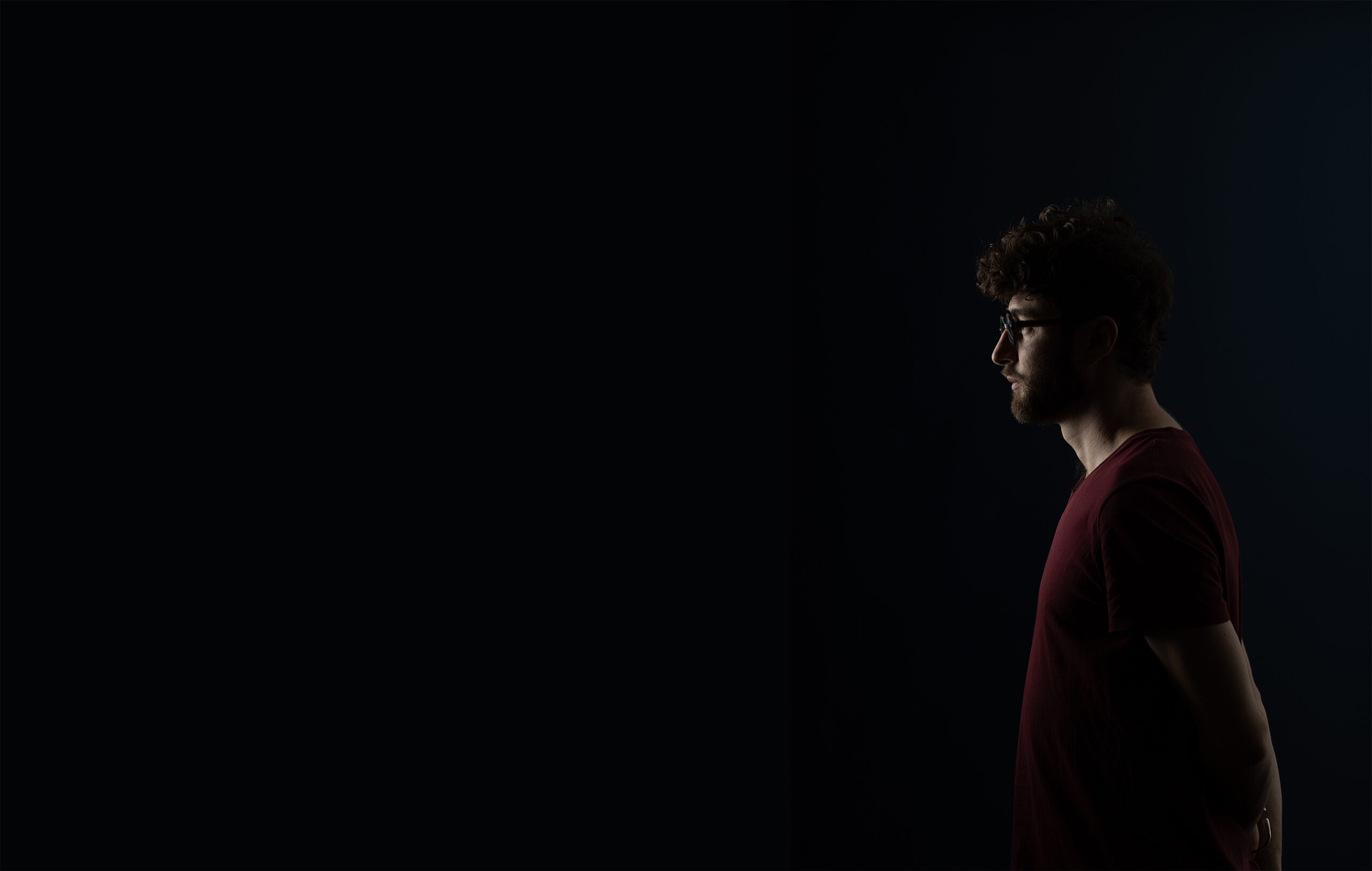
A multifaceted creative, Stefano is an independent designer and part-time IT manager. In the artistic field, his creative approach is not dictated by technique but by a precise emotion that the artist wishes to evoke in the viewer.
Thus, depending on how much Wonder, Laughter, Melancholy, Lightness, Guilt, Anger, Magnanimity, Forgiveness, Introspection, etc., demand in terms of drawing, video, animation, manipulable objects, situations, text, interactive images, sewing, woodworking, graphic design, or coding—individually or in combination—the hand will obey the commands of the desired emotion.
Stefano’s aesthetic exploration, though nourished by studies in graphic design in Paris, as well as numerous travels and long stays in various countries, began in his childhood and remains deeply marked by his mixed origins—an interweaving of 1960s Rome, an unknown French island lost in the Indian Ocean, and the remnants of a former African colony. The result is a sense of Beauty that blends the Italian classical taste with the refined Franco-Colonial-Indo-Oceanic aesthetic, and, naturally, as a child of the 1980s, the classical and mass iconographies of both Western and Asian cultures.